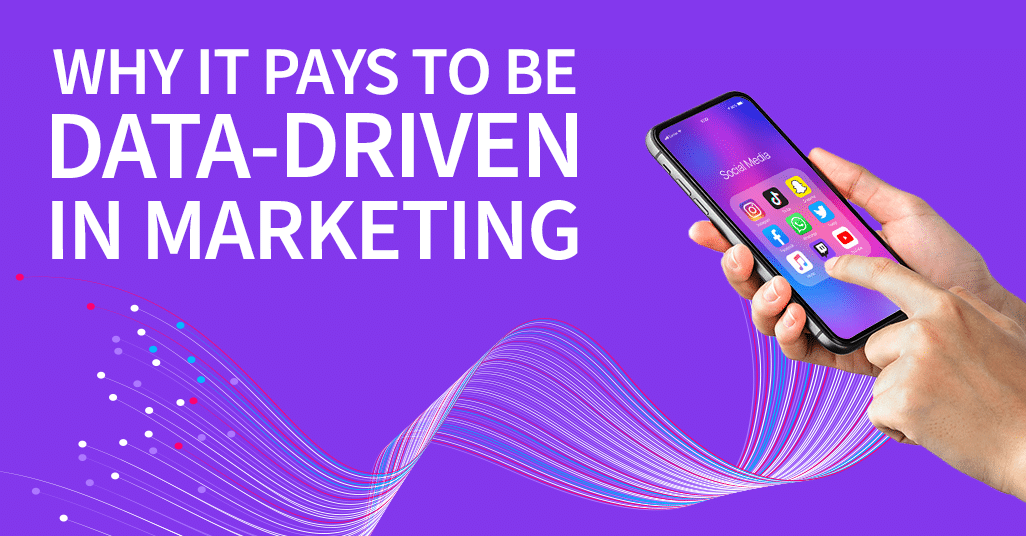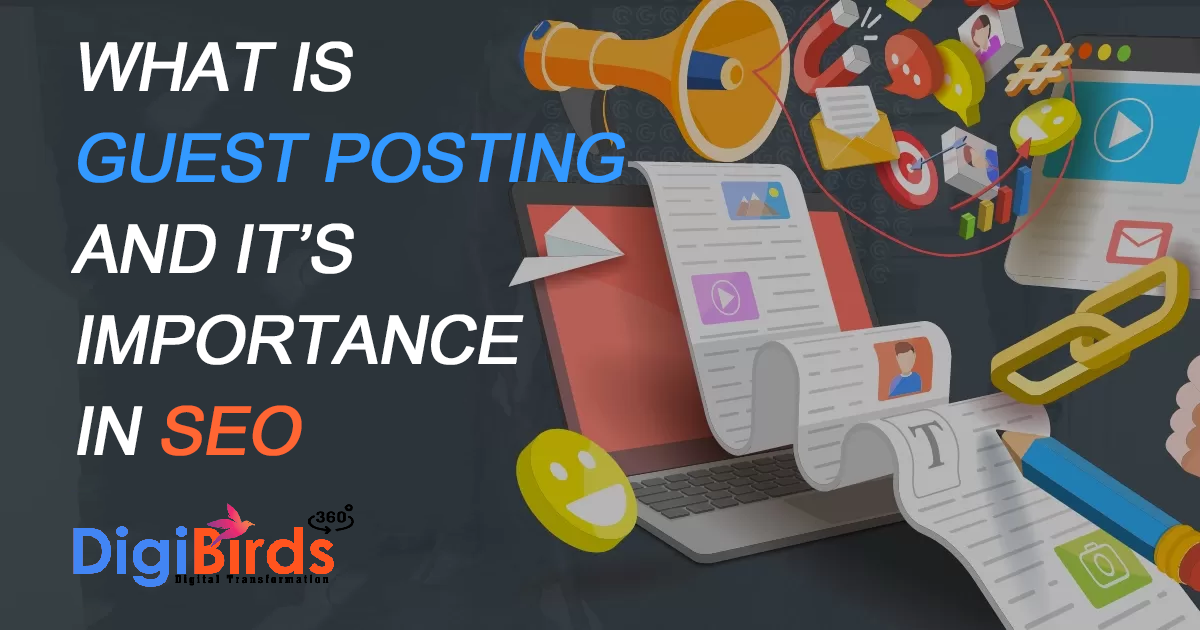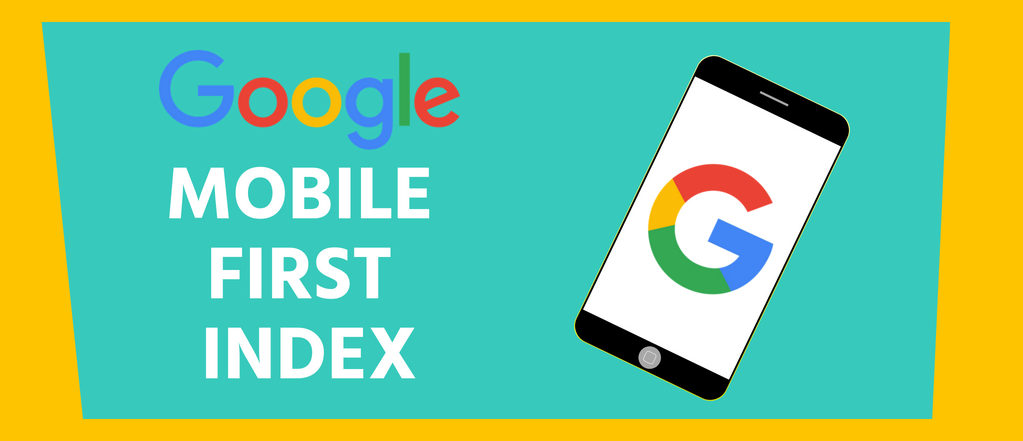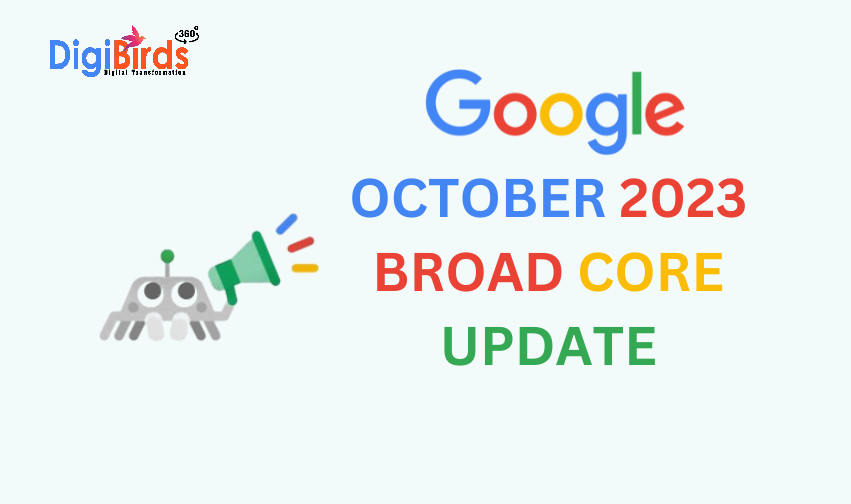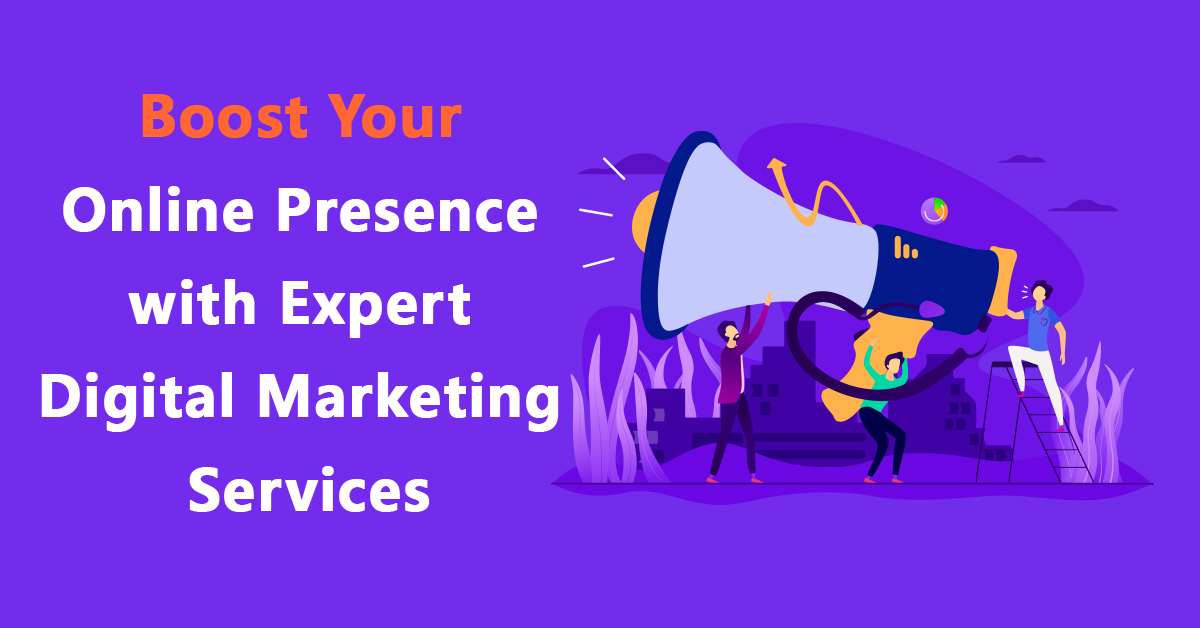In today's digital age, data has become the cornerstone of successful marketing strategies. By harnessing the wealth of information available, businesses can gain valuable insights into their target audience, optimize campaigns, and drive tangible results. Data-driven marketing techniques empower organizations to make informed decisions, personalize experiences, and maximize ROI. Let's explore some of the most effective data-driven marketing techniques shaping the modern landscape.
Audience Segmentation:
Audience segmentation involves dividing your target audience into distinct groups based on shared characteristics, behaviors, or preferences. By analyzing demographic data, browsing habits, purchase history, and other relevant metrics, businesses can create detailed customer personas and tailor marketing efforts to resonate with each segment. This allows for more personalized messaging, product recommendations, and offers, ultimately driving higher engagement and conversions.
Predictive Analytics:
Predictive analytics leverages historical data and machine learning algorithms to forecast future trends, behaviors, and outcomes. By analyzing past performance and identifying patterns, businesses can anticipate customer needs, identify potential opportunities, and mitigate risks. Whether predicting customer churn, forecasting sales trends, or optimizing inventory management, predictive analytics enables more proactive decision-making and resource allocation.
Marketing Automation:
Marketing automation platforms streamline repetitive tasks, automate workflows, and deliver personalized experiences at scale. By integrating customer data from various touchpoints, such as email interactions, website visits, and social media engagement, businesses can trigger targeted campaigns based on user behavior and preferences. From welcome emails and abandoned cart reminders to drip campaigns and lead nurturing sequences, marketing automation enhances efficiency, reduces manual workload, and nurtures leads throughout the buyer's journey.
Dynamic Content Personalization:
Dynamic content personalization involves delivering tailored content and experiences to individual users based on their unique attributes and interactions. By leveraging real-time data, such as location, device type, and browsing history, businesses can dynamically adjust website content, email campaigns, and digital ads to cater to each user's interests and preferences. Personalized recommendations, dynamic pricing, and targeted promotions not only enhance user engagement but also drive higher conversion rates and customer satisfaction.
A/B Testing and Optimization:
A/B testing, or split testing, is a method of comparing two versions of a marketing asset to determine which performs better in terms of engagement or conversion metrics. By experimenting with different elements, such as headlines, images, calls-to-action, and landing page layouts, businesses can identify the most effective strategies for driving desired outcomes. Continuous testing and optimization based on data-driven insights enable iterative improvements, ensuring that marketing efforts are constantly evolving to maximize effectiveness and ROI.
Cross-Channel Attribution:
Cross-channel attribution involves tracking and analyzing customer interactions across multiple touchpoints and channels to attribute conversions accurately. By understanding the impact of each marketing touchpoint on the customer journey, businesses can allocate budget and resources more effectively, optimize channel mix, and identify areas for improvement. Advanced attribution models, such as multi-touch attribution and algorithmic attribution, provide deeper insights into the relative contribution of each marketing channel, enabling more informed decision-making and investment prioritization.
Customer Lifetime Value (CLV) Optimization:
Customer Lifetime Value (CLV) represents the total revenue generated by a customer throughout their relationship with a business. By analyzing historical purchase data, churn rates, and customer engagement metrics, businesses can segment customers based on their CLV and tailor marketing strategies accordingly. From loyalty programs and personalized incentives to proactive customer support and targeted re-engagement campaigns, CLV optimization focuses on maximizing the long-term value of each customer relationship, driving sustainable growth and profitability.
In conclusion, data-driven marketing techniques empower businesses to gain deeper insights into their target audience, optimize campaigns, and drive meaningful results. By leveraging audience segmentation, predictive analytics, marketing automation, dynamic content personalization, A/B testing, cross-channel attribution, and CLV optimization, organizations can unlock the full potential of their data and stay ahead in today's competitive landscape. Embracing a data-driven approach not only enhances marketing effectiveness and efficiency but also fosters stronger customer relationships and long-term business success.
 IND
IND AUS
AUS